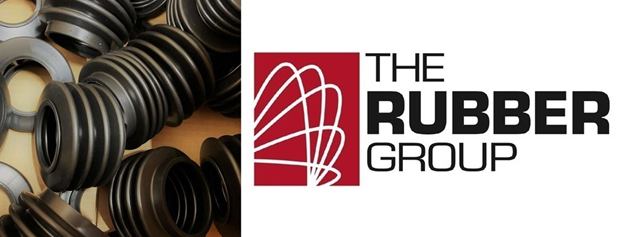Rubber material selection is critical for ensuring the optimal performance, durability, and safety of your molded parts and products. Rubber is used in a wide range of applications, from medical devices and industrial equipment to aerospace assemblies and by the oil and gas industry. By fully understanding your requirements, you can choose the right rubber material for either standard products or custom products.
Here are some of the key factors to consider when selecting rubber materials.
- Physical Properties
- Chemical Resistance
- Temperature Range
- Environmental Factors
- Rubber Material Cost
- Industry Standards and Regulations
The following sections explain.
Physical Properties
The physical properties of elastomers, such as hardness, tensile strength, elongation, and compression set, are all important to consider during rubber material selection. For example, a rubber with high tensile strength is ideal for applications that require high durability, while a material with high elongation is better suited for applications that require flexibility.
Chemical Resistance
The chemical resistance of rubber materials is also a key consideration. Depending on your application, you may need to choose an elastomer that can withstand exposure to chemicals, oils, solvents, or other substances. By selecting a rubber with the chemical compatibility that’s requried, you can help to ensure the optimal performance and longevity of your molded rubber products.
Temperature Range
The application’s temperature range is also a critical factor during rubber material selection. Different materials have different temperature ranges, and selecting a rubber that can withstand the temperature extremes of your application can help to prevent cracking, degradation, and other types of damage. In addition to minimum and maximum temperatures, you may need to account for temperature cycling.
Environmental Factors
Environmental factors, such as exposure to ultraviolet (UV) light, humidity, and ozone can also affect the performance and durability of molded rubber products. If the carbon bonds in the backbone of a polymer begin to break down, degradation and failure can occur. That’s why choosing a rubber material that is resistant to environmental factors in your application is so important.
Rubber Material Cost
Cost is also a key consideration during rubber material selection. Different materials can have very different costs, and commodity-grade rubber is generally less expensive than specialty elastomers. For molded rubber products, it’s important to select a material that is cost-effective but that can still meet performance specifications and requirements.
Industry Standards and Regulations
Finally, industry standards and regulations must also be considered during rubber material selection. Different applications may need to comply with standards or regulations such as those set by the U.S. Food and Drug Administration (FDA), Underwriters Laboratories (UL), the U.S. Pharmacopeia (USB), the National Sanitary Foundation (NSF), or the U.S. military (MIL-SPEC, MIL-STD, and MIL-DTL).
Get Help with Rubber Material Selection
Selecting the right rubber material requires careful consideration of physical properties, chemical resistance, temperature range, environmental factors, rubber material cost, and industry standards and regulations. With the right approach, you can choose a rubber material that promotes performance, durability, and safety while meeting specifications and requirements.
The Rubber Group can help you to select the right rubber and provides custom rubber molding services that include injection, compression, and transfer molding as well as rubber-to-metal bonding. Request a quote for your next project, or contact us to learn more about our manufacturing capabilities, value-added services, and rubber material selection expertise.

